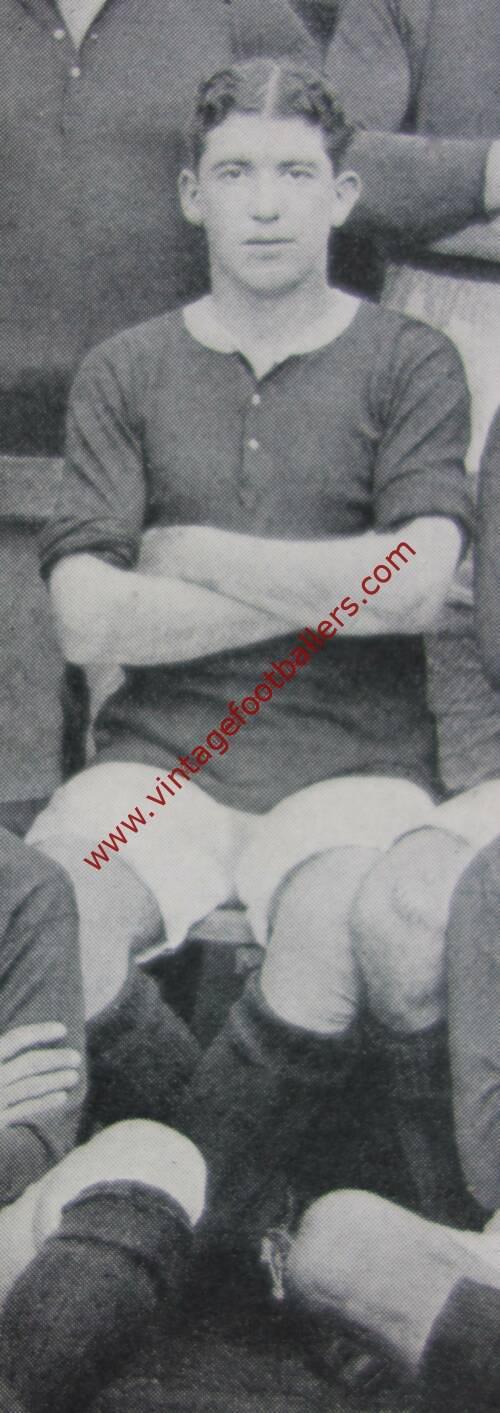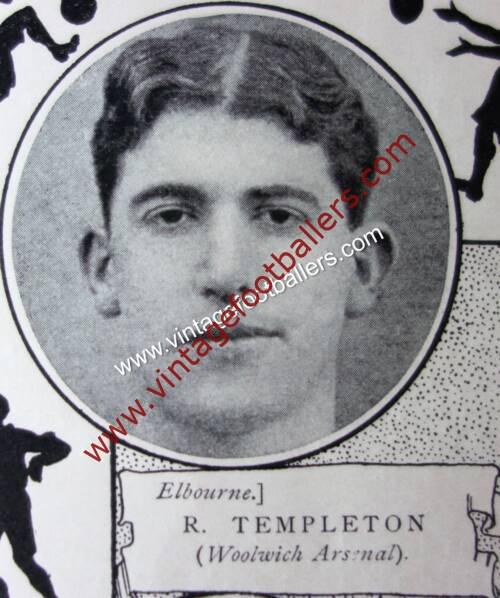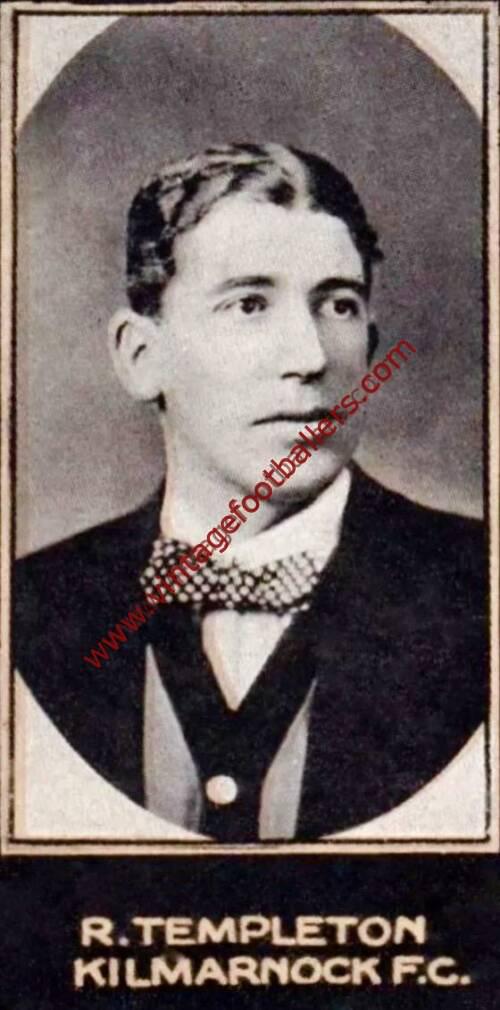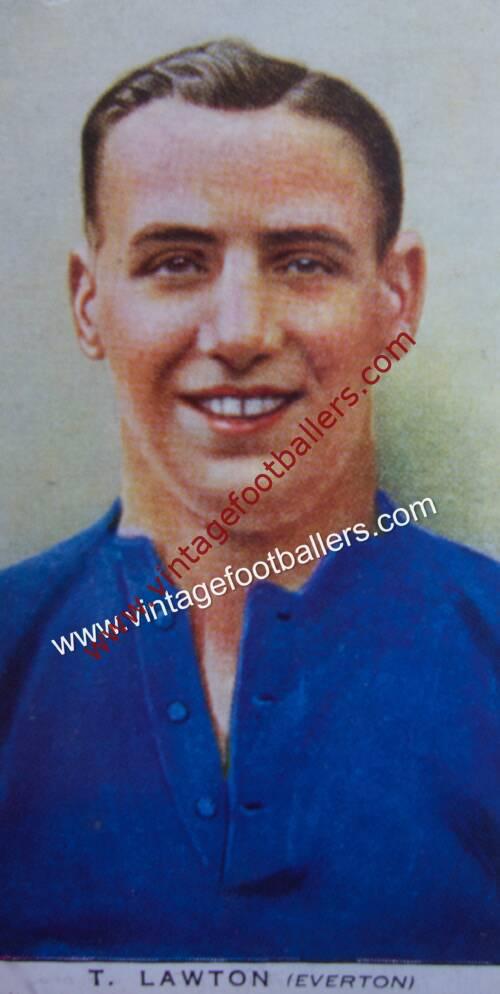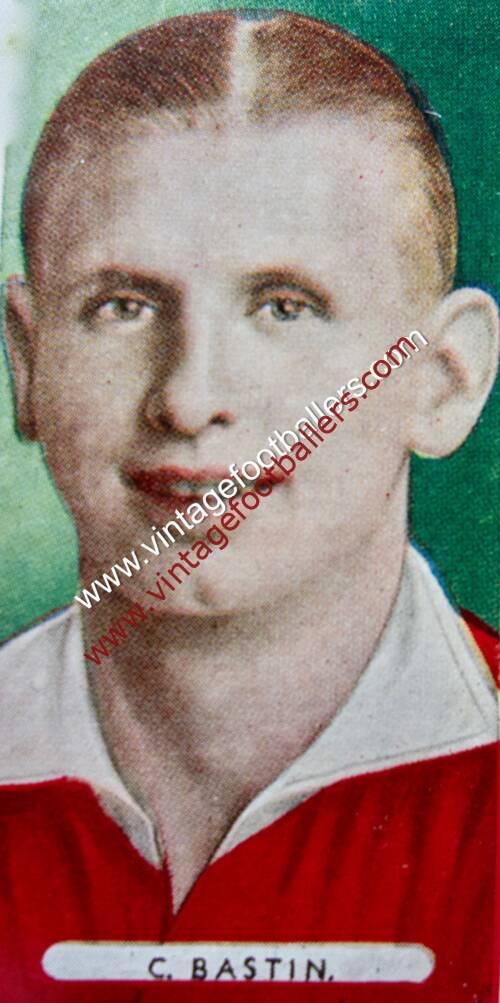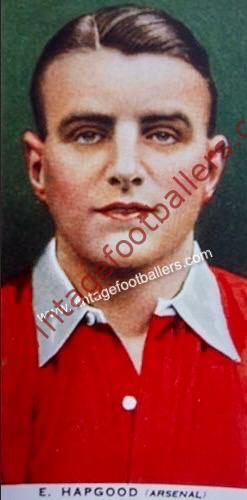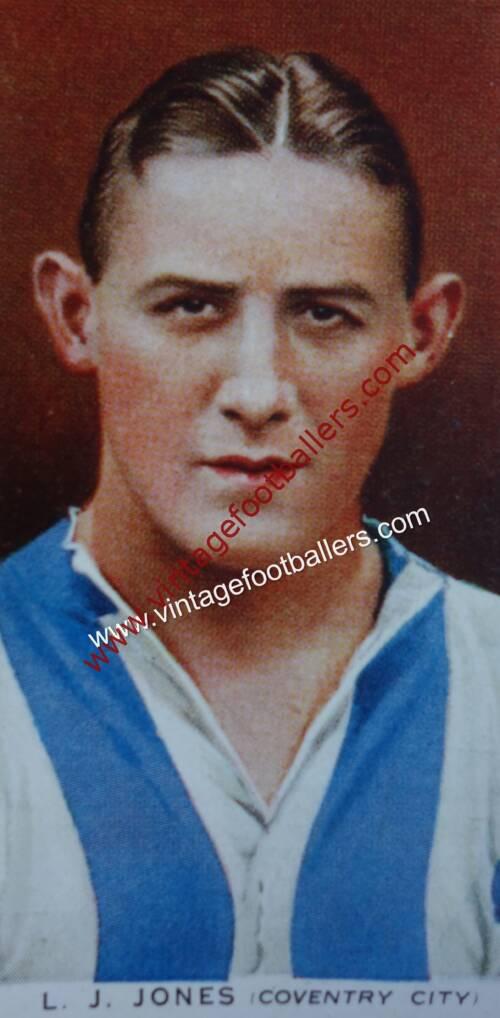Please choose your photo size from the drop down menu below.
If you wish your photo to be framed please select Yes.
Note: 16″x 20″not available in a frame.
Images can also be added to accessories. To order please follow these links
£4.95 – £49.95
Please choose your photo size from the drop down menu below.
If you wish your photo to be framed please select Yes.
Note: 16″x 20″not available in a frame.
Images can also be added to accessories. To order please follow these links
Coylton, Ayrshire born outside right Bobby Templeton began his football career with various junior clubs, playing for Irvine Heatherbell and Westmount in 1895, Neilston Victoria and Rosslyn of Irvine in 1896, and the Kilmarnock Rugby Club football team in 1897 before joining Scottish League Hibernian the same year. In March 1899 he was sold to First Division Champions Aston Villa for £250, making his Football League debut at Sunderland on the 1st April, and he scored 4 goals in 11 appearances in 1899-1900 as Aston Villa retained the League Championship. He was a member of their 1901 FA Cup semi final team that lost in a replay to Sheffield United at The Baseball Ground, Derby, and it was while at Aston Villa that he was first selected for Scotland. On the 5th April 1902 Templeton won his first international cap for Scotland against England at Ibrox Park. It was during this game that the newly built West Tribune Stand collapsed. Supporters fell up to 40 feet to the ground below and 25 people were killed, 517 were injured. Afterwards it was claimed that Templeton was partly responsible for this disaster as had the ball on the wing at the time and the vast crowd swayed to see his dribbling skills. This match became an unofficial game, Templeton then playing in a 2-2 draw with England at Villa Park in the replay a month later, scoring in the third minute of his official international debut.
In January 1903 Templeton joined Newcastle United for £400 after 7 goals in 72 appearances for Aston Villa. It was while at Newcastle that he won his next three international caps. However, he was unable to bring success to the club and in December 1904 he joined Woolwich Arsenal for a fee of £250, having made 10 appearances for The Geordies in a season that would see them crowned as League Champions, hence winning him a Championship medal. In total he scored 5 goals in 52 appearances for The Magpies. Arsenal were in their first season in the top flight and he helped them to a solid mid table position. William Pickford, the journalist, wrote in his book, Association Football And The Men Who Made It (1905): “Templeton is afflicted with a large measure of the eccentricity of genius. He is a man of moods. When “the afflatus” is upon him he is a winged horse to whom a spur is useless, and whom a curb cannot hold. It is then that the watching multitude is aflame with mingled surprise and admiration – surprise at the wondrous versatility of the man, admiration at the grace and beauty of his movements.”
The following season was part of their FA Cup semi final team that lost to Newcastle United at The Victoria Ground, Stoke, which proved his last of 41 appearances for The Gunners, scoring once. He won one further Scotland cap while at Arsenal, playing in a 3-1 defeat to Wales at Wrexham in March 1905. He returned to Scotland to join Celtic for £250 in May 1906. He made his Celtic debut in a 5-0 home League victory over Kilmarnock on August 25th. He bagged a début goal and would go on to play a vital part in helping The Bhoys claim a Scottish League and Scottish Cup double. But his tendency not to release the ball and to squander possession induced frustration and he was sold to Kilmarnock in October 1907. He had played 36 times for Celtic and scored 5 goals.
At Rugby Park he was an impressive performer, and he was recalled to the Scotland team for a 5-0 victory over Ireland at Dalymount Park, Dublin in March 1908. Indeed he went on to win 6 of his 11 caps while at Kilmarnock, his last cap awarded in March 1913 when he played in a 0-0 draw with Wales at Wrexham, just short of his 33rd birthday. It was while at Kilmarnock that he first represented The Scottish League, winning three League caps between October 1909 and October 1910, scoring the winner in a 3-2 victory over The Football League at Ewood Park in February 1910.
In July 1913 he returned to England and joined Second Division Fulham, making 32 appearances for The Cottagers over the next two seasons before returning to Kilmarnock in 1914 for a final season before his retirement in 1915.
NB in the image, published in 1909, it is almost certainly an Arsenal shirt he is wearing, so it probably dates from 1905 or thereabouts.
| Weight | N/A |
|---|
